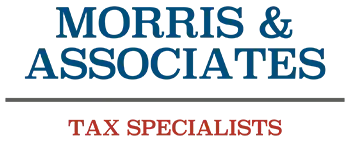Student Loan Repayment
The IRS recently issued a reminder that employers offering educational assistance programs can also use these programs to help employees pay off their student loans through December 31, 2025.
While educational assistance programs have been around for quite some time, the option to use them for student loan payments has only been available since March 27, 2020. Under the current law, this benefit is set to expire at the end of 2025.
Typically, these programs are used to cover costs like books, supplies, fees, tuition, and other education-related expenses for employees. However, they can now also be applied to paying down the principal and interest on qualified student loans. Payments made directly to the lender or to the employee may qualify.
In most cases, the benefits provided through these programs are exempt from federal income tax withholding, Social Security tax, Medicare tax, and federal employment tax (FUTA). By law, the amount of tax-free educational assistance is capped at $5,250 per employee, per year. Any assistance provided beyond this amount is usually considered taxable income.
Employers without an educational assistance program may want to consider creating one, as fringe benefits like these can help attract and retain skilled workers. It’s important to note that these programs must be documented in writing and cannot favor highly compensated employees. For more details on the requirements, check out Publication 15-B, Employer’s Tax Guide to Fringe Benefits.
For more information on qualifying student loans, refer to Chapter 10 of Publication 970, Tax Benefits for Education.
To learn more, visit IRS.gov:







